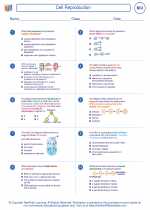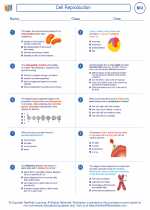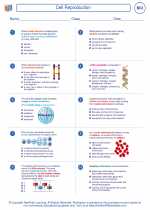Antibiotics
Antibiotics are powerful medications that are used to treat infections caused by bacteria. They work by killing or inhibiting the growth of bacteria, thus helping the body's immune system to fight off the infection. It's important to understand how antibiotics work, their uses, and potential side effects.
Mechanism of Action
Antibiotics target bacteria by disrupting their essential processes. They may interfere with the bacterial cell wall, protein synthesis, DNA replication, or other vital functions. By targeting these specific mechanisms, antibiotics are able to effectively eliminate bacterial infections while leaving human cells unharmed.
Types of Antibiotics
There are several classes of antibiotics, each with its own mechanism of action and spectrum of activity. Common types include penicillins, cephalosporins, macrolides, tetracyclines, fluoroquinolones, and sulfonamides. Understanding the differences between these classes is crucial for prescribing the correct antibiotic for a particular infection.
Uses
Antibiotics are used to treat a wide range of bacterial infections, including respiratory tract infections, skin and soft tissue infections, urinary tract infections, and more serious infections such as sepsis and meningitis. They are not effective against viral infections such as the common cold or flu.
Resistance
Overuse and misuse of antibiotics can lead to the development of antibiotic resistance, where bacteria evolve to become resistant to the effects of antibiotics. This poses a significant public health threat, making it crucial to use antibiotics responsibly and only when necessary.
Side Effects
While antibiotics are generally safe and effective, they can cause side effects such as allergic reactions, gastrointestinal upset, and the disruption of normal microbial flora. It's important for patients to follow their healthcare provider's instructions and report any adverse effects.
Study Guide
- Describe the mechanism of action of antibiotics.
- Identify the main classes of antibiotics and their respective uses.
- Explain the importance of using antibiotics responsibly to prevent antibiotic resistance.
- Discuss the potential side effects of antibiotics and how they can be managed.
- Compare and contrast bacterial and viral infections, and explain why antibiotics are ineffective against viral infections.
Understanding the fundamentals of antibiotics is essential for anyone studying biology or pursuing a career in healthcare. It's also important for the general public to have a basic understanding of antibiotics to use them responsibly and help combat the growing threat of antibiotic resistance.
.◂Biology Worksheets and Study Guides High School. Cell Reproduction

 Worksheet/Answer key
Worksheet/Answer key
 Worksheet/Answer key
Worksheet/Answer key
 Worksheet/Answer key
Worksheet/Answer key
